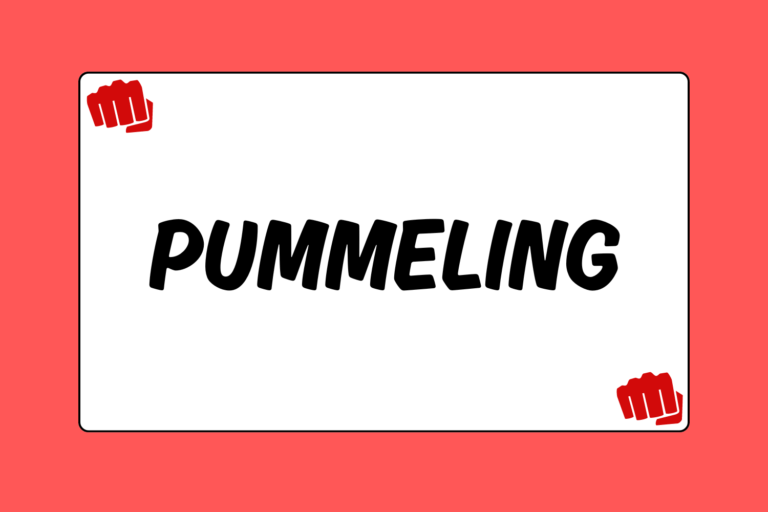In mixed martial arts, a fundamental skill that all fighters should know is pummeling. Essentially, it is the process of using your arms and upper body to gain inside control of your opponent in the clinch. Pummeling is important for two reasons: It allows you to defend against an opponent’s attempt at a body lock, and it also puts you in a position to initiate your own offensive grappling and striking attacks. Read on if you’re ready to learn the fundamentals of pummeling.
1. Grab a Partner
Stand facing your partner with your feet slightly wider than shoulder-width apart. You should be roughly two or three feet away from him.
2. Over-under Position
Next, you want to lean in and engage your partner in an “over-under” tie up. In other words, you will need to get an overhook on one side of your opponent’s body, and an underhook on the other. Your partner will also be in this same position, controlling an overhook and an underhook on you.
For example, start with an underhook under your opponent’s left arm using your right arm. Your partner will then control an underhook under your left arm, using his right arm. From here, you both will secure an overhook on each other by simply wrapping your free arm around the outside of each other’s underhook-arm.
Hot Tip: Head Position
An important aspect of pummeling is where you position your head. Make sure your head is positioned on the same side of your opponent’s body as your overhook. For example, if your partner is underhooking your left arm with his right arm, you should have an overhook over his right arm and your head should be positioned next to his head on the right side of his body. This will allow you to maintain control of his body, while staying in good position defensively.
3. Knife Your Arm Through
Next, release your overhook. Bend your elbow so you can place your hand in the space between your partner’s body and the arm he is using to secure an underhook on you. Keep your hand flat, with your thumb pointing upwards. Now, “knife” (push) your arm between your partner’s body and his underhook-arm. Try to keep your elbow tight to your body as you do this. Your partner will do the same thing on the arm you are using to underhook him with.
For example, if your partner is using his right arm to underhook your left arm, knife your left arm between his left arm and his body. Your partner will do the same on your right arm.
4. Underhook & Head Position
Continue reaching your arm in the space between your opponent’s body and his arm to secure an underhook. You should be able to touch his lat muscle with your arm. He will do the same thing on the arm you had previously used on the first underhook (from the second step).
As you do this, create space between your chest and your partner’s chest and move your head to the opposite side of his body. Once you get your head to the other side of his body, make contact with your chests once again. In this instance, both of you should again be in the over-under position, opposite of how you originally started.
For example, if you used your left arm to get an underhook on your partner’s right arm, move your head from the left side of his body to the right (from your view). You will now have an underhook on the left side of his body and an overhook on the right.
5. Continue Pummeling
Repeat the previous step now that you are on the opposite side of your partner’s body from where you started: Knife your arm in between your partner’s body and the arm he is using to underhook you with. Your partner will do the same on your underhook-side arm. Simultaneously, you will both create space between your chests, move your heads to the other side of each other’s bodies, and make contact with your chests again. This is the basic motion of pummeling.
As you pummel, don’t move your feet, but keep your knees bent slightly. Continue pummeling for 30 to 60 seconds per repetition, and continue for 3 to 5 sets.
Cornerstone Technique
Keep in mind that this drill will teach you how to pummel purely from a grappler’s standpoint; you will eventually need to know how to blend striking in with your pummeling, as well. However, work this drill into your training routine to ensure that you understand what to do grappling-wise when you’re in the clinch. Once you have grasped the basics of this pummeling drill, you can begin refining your pummeling skills. Check out our guide, How to Practice Pummeling for MMA, to continue to build your skills.





